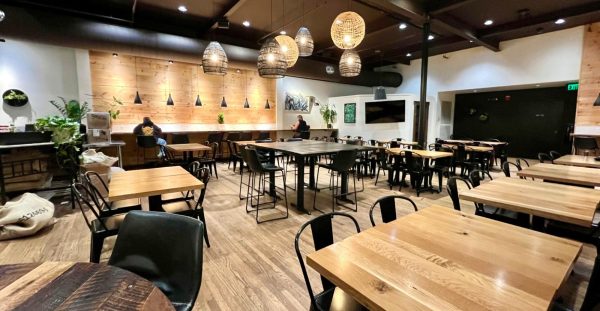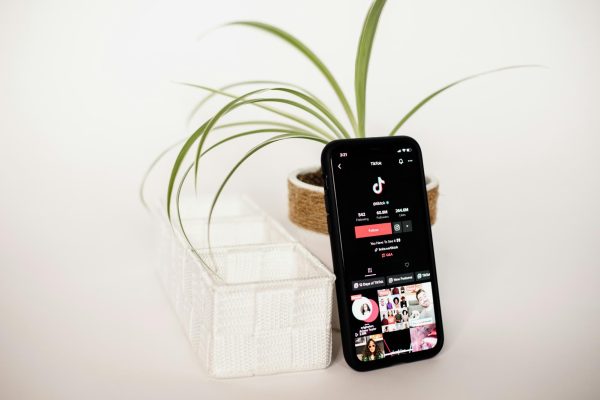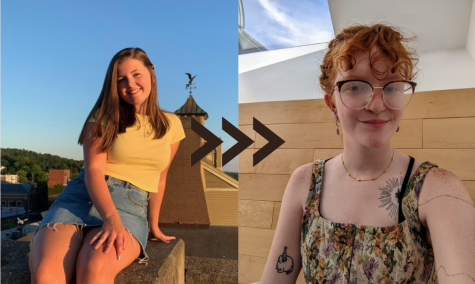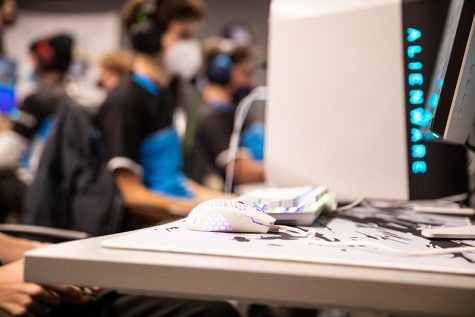What We’re Missing in an In-Person Learning Environment
The first few weeks of the Fall 2021 semester has brought about a lot of changes, familiar faces, and a to-do list of homework assignments to keep students busy. This week has also reminded me how much remote learning helped me feel safe, organized, and steady — some key things this semester has lacked so far. As we dive deeper into an in-person learning environment, it’s becoming more clear how much a remote learning option could have benefitted the population of Champlain College in terms of public health and academic success.
First, it’s important to acknowledge that Champlain has put in great work towards keeping us safe — requiring masks, vaccines, and promoting frequent hand sanitizer usage is exactly what should be happening in the midst of this stretch of the pandemic. Despite these efforts, it’s natural to still feel apprehensive about taking masks off in the crowded dining hall, sitting less than six feet away from classmates during lessons, and having to navigate through a buzzing campus environment with the virus on our minds.
Even with all of the safety precautions put in place, for some of us, a college campus is the last place we want to be while the pandemic still rages on a global scale. There are still plenty of concerns regarding how to balance protecting student health and maintaining academic well-being during this time. One observation from the first week of classes is regarding the sick policy for class, and how operating under a strictly in-person learning model does not serve to benefit our current state of living. Students are to stay in their dorm if they begin to experience any signs of illness, which is the best way to protect overall campus health during this crisis. This rule is not the problem.
The problem lies in the fact that many professors continue to enforce a maximum of two missed classes during the semester. This puts students who come down with symptoms either multiple times or for a prolonged period in a strange position. In order to protect their classmates, they must miss class and potentially impact their attendance grade. This could hinder the student from making the Dean’s List, maintaining their GPA, or even passing the class.
Offering a remote option would have provided a great solution to this. Students who had to miss class for the health and safety of the community wouldn’t suffer the consequences, because they could still stream a live or recorded class and get access to all the content from that day’s lesson. Having the ability to attend classes remotely would make it easier for students to balance their health and academics and be able to progress on their degree while navigating an active pandemic.
During these changing times, we’ve also become increasingly aware of different learning styles, and how different learning environments impact student performance. These impacts are different for every student, and occur on an individual basis, but there is no doubt that students across the board have been impacted in some way in the past year and a half. There’s been evident concern for the once thriving students who did not find success in remote learning. However, there seems to be less concern for those students who found their stride in remote learning, who are now forced to revert back to an academic environment that hinders them as a student.
When I talked to my peers towards the middle of the Spring 2021 semester, our last semester as a fully virtual class, I found that quite a few students shared a similar sentiment and saw the value in the remote model. After surveying a handful of students, over 35 percent of them wished to continue learning remotely, for reasons such as health concerns or academic success; of all the students, 23 percent noted that they were impacted positively in their academics in the wake of remote learning. When those numbers were gathered and published in The Benefits of Continuing Flex-Hybrid After the Pandemic they were done in the context of remote learning being a “want.” At this point, it’s become apparent that remote learning continues to be a need.
For students who found that they perform better in a remote environment, providing a hybrid model would give every student the freedom to pursue their academics in a way that suits them best. Students who prefer efficiency will no longer have to account for commuting or walking to class, or those odd breaks between classes where it’s hard to be productive in a public space. Students who get distracted by being around other students can learn in peace and cater to their personal needs. Students and professors who feel that inclement weather could hinder their travel to campus can have the freedom to host class from a safe location. At the end of the day, an offering of remote learning in combination with the in-person classes offers freedom and flexibility, and does not exclude groups of students who prefer one or the other.
The purpose of this is not to undermine in-person learning. It’s been so great to catch up with classmates and finally meet those we’ve gotten to know entirely during remote classes. But it’s important to examine the flaws that become evident when we revert to learning under an in-person only model simply because it’s “traditional.” It’s important to incorporate the benefits of both methods of delivery as we emerge into a new age of living in a late-pandemic, and hopefully soon to be post-pandemic world.
We’ve all learned so much in our remote year and a half at Champlain College – the good, the bad, and the overwhelming. But it would be a waste of a year and a half to not take pieces of what we learned and apply them to a new learning model going forward. It’s too late to be afraid of change, so it’s time to use it to our advantage to break the tradition of a strictly in-person learning environment, and emerge into a model that benefits all students in both academics and well-being.






